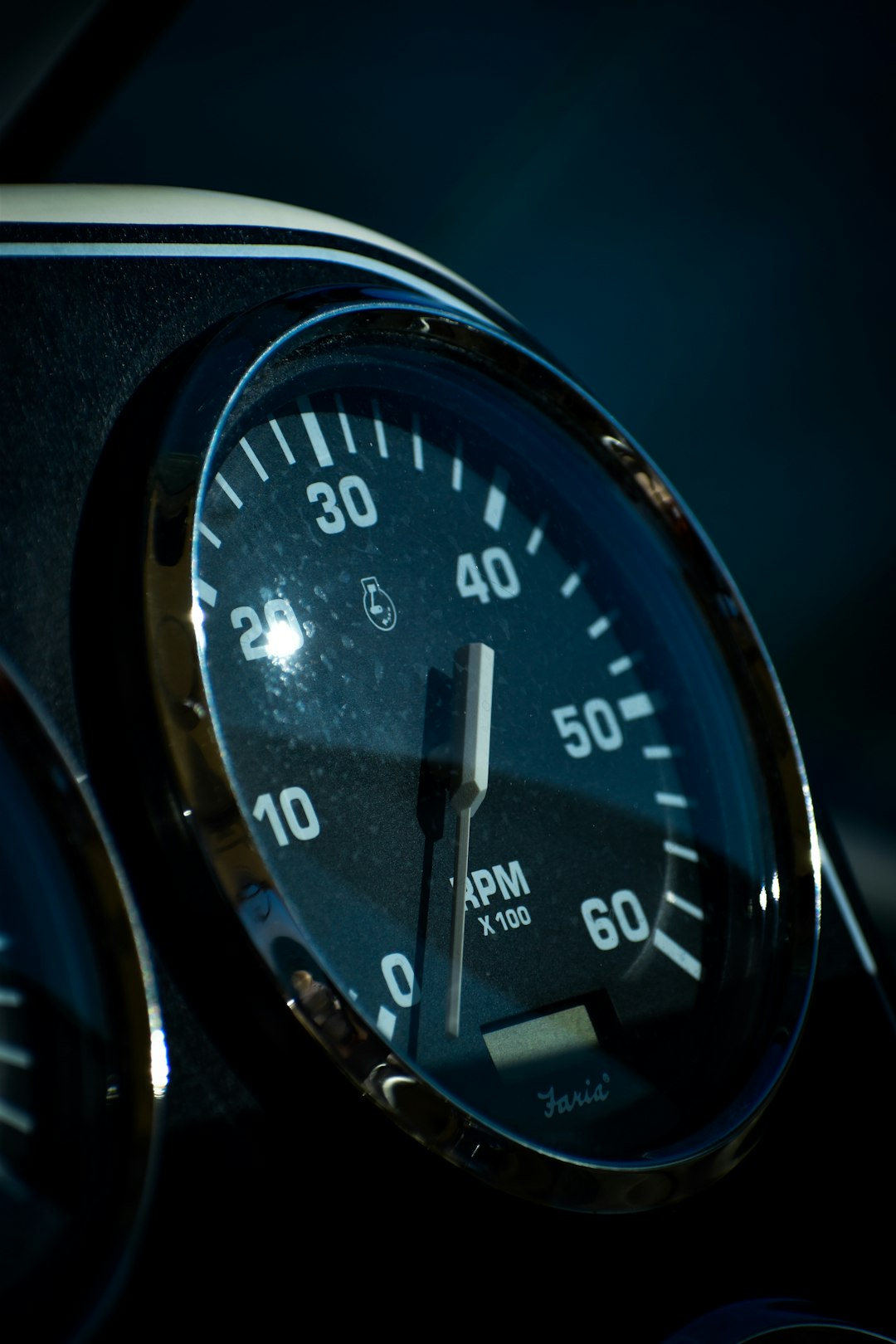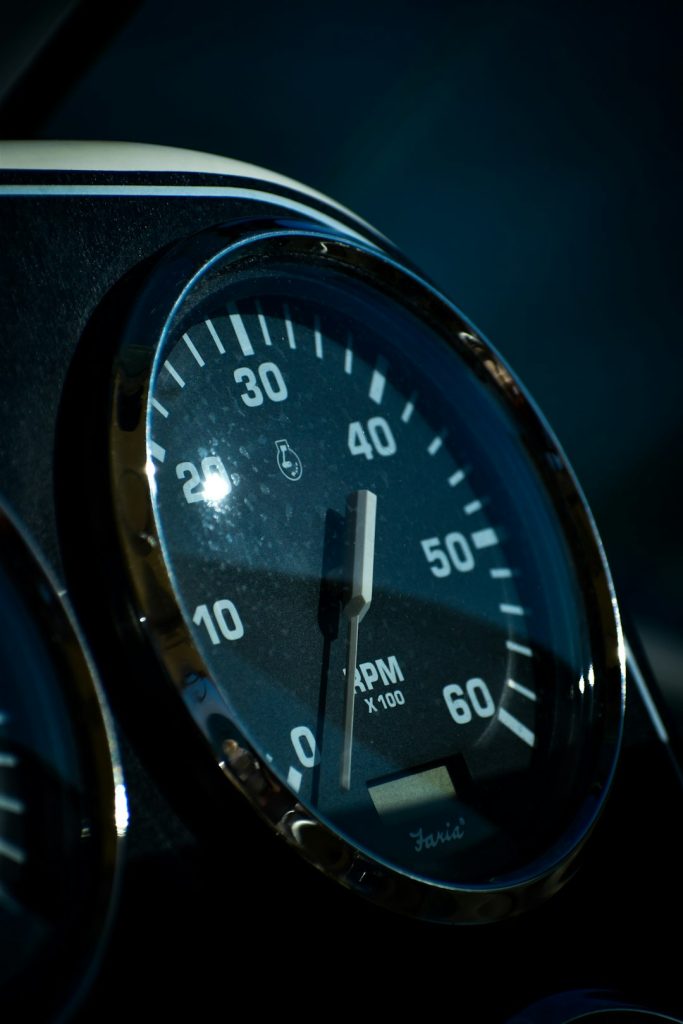Website performance is critical for delivering a positive user experience and ensuring solid SEO rankings. One of the most important metrics to focus on, especially since the rollout of Google’s Core Web Vitals, is Largest Contentful Paint (LCP). If you’re noticing your LCP metric is over 2.5 seconds, you’re not alone—many site owners face this common yet solvable issue.
In this article, we’ll explore what causes high LCP scores and provide proven tactics to fix LCP over 2.5s. From optimizing images to leveraging server settings, we’ll cover practical strategies for improving your site’s largest contentful paint time and ensuring smoother, faster user experiences.
What is LCP and Why Does It Matter?
LCP measures how long it takes for the main content on a page (usually a large image or block of text) to render in the viewport. It reflects when the page’s largest visible element finishes loading and becomes usable.
Google wants LCP to be under 2.5 seconds on both mobile and desktop for a good user experience. Anything longer, and you’re likely to see a dip in engagement levels, higher bounce rates, and lower SEO performance.

Top Causes of Poor LCP
Before we dive into solutions, it’s important to understand what’s causing poor LCP in the first place. Common culprits include:
- Unoptimized images—Too large or missing lazy loading implementation.
- Slow server response times—Delays in fetching content.
- Client-side rendering—Delayed rendering due to JavaScript-heavy content.
- Render-blocking resources—CSS and JavaScript files slowing down load time.
- Web font delays—Fonts taking too long to load can delay content visibility.
Understanding these root causes provides a great starting point for making strategic improvements. Now, let’s see how to tackle them.
Proven Tactics to Fix LCP Over 2.5s
1. Optimize and Compress Images
Large image files are a primary contributor to slow LCP scores. If your hero image or banner takes several seconds to load, it blocks the page from being fully interactive.
To fix this:
- Convert images to next-gen formats like WebP or AVIF.
- Resize images to match display dimensions—don’t serve a 2000px image in a 600px slot.
- Enable lazy loading for images that are not immediately visible above-the-fold.
- Use responsive image elements with
<picture>tags andsrcsetattributes.
Tools to help: ImageOptim, Squoosh, TinyPNG, and WordPress plugins like Smush and ShortPixel.
2. Reduce Server Response Times (Time to First Byte)
The faster your server sends a response, the quicker your page can begin rendering.
How to improve server response times:
- Use a reliable web host with fast hardware and scalable resources.
- Implement server-side caching, e.g., Redis, Varnish, or object caching.
- Enable gzip or Brotli compression to reduce document size.
- Use a Content Delivery Network (CDN) like Cloudflare or Fastly to serve content closer to users.
3. Eliminate Render-Blocking Resources
CSS and JavaScript files that block rendering must be optimized. A browser has to load these before painting anything onscreen.
You can address this by:
- Inlining critical CSS—Only load the CSS required for above-the-fold content first.
- Deferring non-essential scripts using
deferorasyncattributes. - Minifying CSS and JavaScript to reduce file sizes.
Many tools like Google PageSpeed Insights and GTmetrix can pinpoint which resources are blocking render. Use them to prioritize your fixes.
4. Optimize Font Loading Strategies
Custom fonts can delay text rendering, negatively impacting LCP. When the browser doesn’t have the font yet, it stops rendering visible text — known as FOIT (Flash of Invisible Text).
Quick fixes:
- Use font-display: swap in your CSS to allow system fonts to appear while custom fonts load.
- Preload fonts in the
<head>to download them earlier.
This way, your content becomes visible much faster, improving perceived performance dramatically.
5. Preload Key Resources
Preloading directs the browser to fetch critical files early, before they’re actually required in the rendering process.
To use preload effectively:
- Identify your LCP element (e.g., hero image or header text).
- Use a
<link rel="preload">tag for images, fonts, or CSS files critical to that element.
Be strategic—not everything should be preloaded. Overuse can backfire by flooding the browser with too many priority requests.
6. Switch to a Faster Theme or Framework (If Applicable)
If you’re using a CMS like WordPress or Shopify, your theme can make or break LCP performance.
Look for themes that are:
- Lightweight—Avoid themes packed with unnecessary scripts and plugins.
- Core Web Vitals optimized—Many themes today advertise optimization for CWV metrics.
Popular fast-loading themes include GeneratePress, Astra, and Neve for WordPress users.
7. Use Browser Caching to Improve Repeat LCP
Caching stores static files locally so returning users can load pages quicker, thereby improving LCP on repeat visits.
Implement browser cache rules via .htaccess or server configuration to set expiration time for CSS, JS, images, and fonts.
How to Monitor and Evaluate LCP Improvements
To track the effectiveness of your optimization efforts, you need to monitor LCP continuously using analytics and diagnostic tools. Here are a few you can use:
- Google Search Console – Review the Core Web Vitals report for ongoing LCP issues.
- PageSpeed Insights – Offers lab and field data with precise LCP timings.
- Lighthouse in Chrome DevTools – Can simulate LCP in a local audit.
- WebPageTest.org – Provides waterfall charts and video capture of loading behavior.
Tip: Use performance budgets to catch LCP regressions during development.
Conclusion
Fixing LCP over 2.5s should be a top priority not just for Google’s ranking algorithm, but for your users. Every additional second of delay costs you traffic, trust, and conversions. The good news is that most fixes rely on smart, efficient tuning—not a complete overhaul of your site architecture.
By applying the proven tactics above—including image optimization, reducing server response time, eliminating render blockers, and properly preloading assets—you’ll get your LCP scores on target and keep your visitors happier and more engaged.
Start by identifying your LCP element, run a few performance audits, and methodically apply the optimizations listed here. The result? A faster, more responsive site that performs the way your users—and Google—expect.
